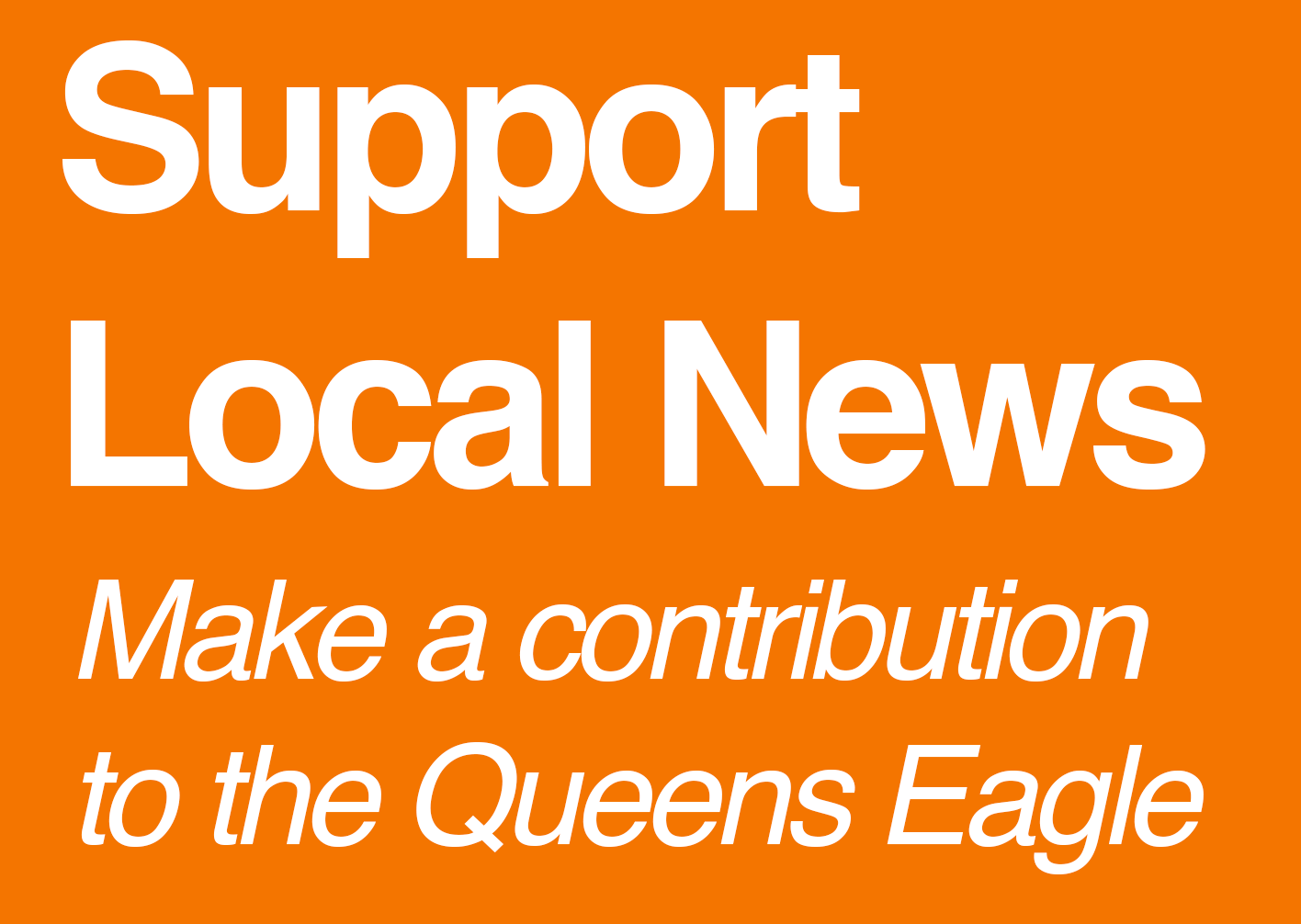Queens hits five-year anniversary of first COVID case
/Five years ago this weekend, Queens had its first positive case of COVID-19. Elmhurst Hospital (pictured) soon became the epicenter of the epicenter of the pandemic. AP file photo by Frank Franklin II
By Ryan Schwach
It’s been five years this week since the first confirmed case of coronavirus was reported in Queens, which would soon become the epicenter of the pandemic that has since killed at least 1.2 million people in the U.S.
The first confirmed case in the county was an Uber driver in his 30s. The case was reported at St. John’s Episcopal Hospital in Far Rockaway. A second case was also confirmed that day, when a 75-year-old man tested positive for the virus after being checked into a Queens hospital with a fever and pneumonia.
In the following weeks, the virus took hold of the borough, New York City and the globe.
By the end of March, 13,869 people in Queens had been infected, and just over 1,000 had died across the five boroughs.
Queens became the epicenter for the virus in the city.
Far Rockaway, where the first case was reported, became one of the most infected zip codes in the city, but the Western Queens neighborhoods of Corona, Jackson Heights and Elmhurst were hit the hardest.
Queens made national headlines when the normally busy Elmhurst Hospital – which became known as the “epicenter of the epicenter” – needed to deploy refrigerated trucks to store the bodies of those who had died because of the virus.
An Elmhurst emergency physician, writing an opinion article for the New York Times, published just a month since the first infection, described the horrifying scenes at the hospital.
“Now in our emergency department, the mildly ill COVID patients lie on crowded rows of stretchers or sit on hard plastic chairs attached to supplemental oxygen to keep their blood oxygen levels from plummeting,” the doctor wrote. “They wait endlessly for an available inpatient bed or to be transferred to a less crowded hospital. An ever increasing number of critically ill patients lie next to hissing and beeping ventilators, either intubated and sedated or with uncomfortable CPAP masks strapped to their faces.”
A 2021 NYU Langone study found that Queens in particular was a major source of the first wave of COVID infections in New York City.
“Our findings appear to confirm Queens’ role as the early epicenter of coronavirus transmission throughout the rest of the New York metropolitan area,” the study’s co-senior author Ralf Duerr, MD, PhD said. “Now that we understand how viral outbreaks can spread between neighborhoods, we can better plan for future contagions and prioritize testing in the most vulnerable areas.”
Now, five years removed from those scenes described by the Elmhurst doctor, Queens has bounced back, officials say.
The lessons from the pandemic have brought increased funding to the hardest hit communities – millions in funding has gone to Elmhurst and Jamaica Hospitals.
“This hospital, which had images splashed all over the nation and the world during the pandemic as truly the epicenter of the pandemic – we've come a long way in healing,” Governor Kathy Hochul said speaking at Elmhurst Hospital last year.
Late last month, the city broke ground on a new medical facility in Far Rockaway, a direct response to the harm COVID caused.
"It's hard to believe it's been five years since Queens was the epicenter of the epicenter of the COVID pandemic, or that it's been that long since many of us lost a loved one or a neighbor to the disease,” said Queens Borough President Donovan Richards. “To the healthcare heroes and essential workers who sacrificed so much to keep our families healthy and our city moving, there are no words to describe how grateful we are.”
“Our comeback was neither quick nor easy, but I couldn't be prouder of the way Queens pulled together during those darkest days and fueled our recovery, which has been remarkable in so many ways,” he added. “Every day, we continue to build our borough back better than before in memory of those we lost."
While vaccines and medication have pushed COVID into the same category as other common viruses, it is still active in the city.
According to city hospital data, there are still around 100 new cases of the virus a week in Queens.
So far this year, six Queens residents have died due to the virus.




